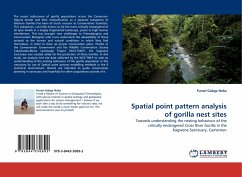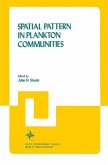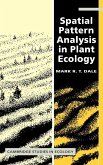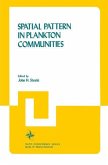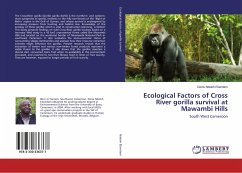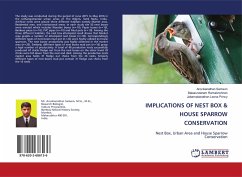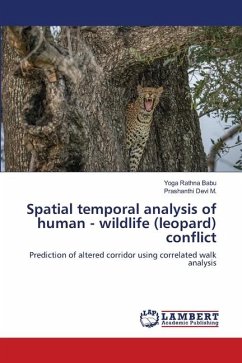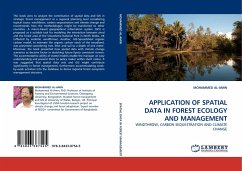The recent rediscovery of gorilla populations across the Cameroon-Nigeria border and their reclassification as a separate subspecies of Western Gorillas has been of much concern to Conservation Scientists. This subspecies, currently known to be the most critically endangered of all apes dwells in a largely fragmented landscape, prone to high human interference. This has brought new challenges to Primatologists and Conservation Biologists who must understand the adaptability of these animals to the human and natural conditions in which they find themselves, in order to draw up proper conservation plans. Thanks to the Cameroonian Government and the Wildlife Conservation Society Takamanda-Mone Landscape Project (WCS-TMLP), the Kagwene Sanctuary was created solely for the protection of these Gorillas. In this study, we analyze nest site data collected by the WCS-TMLP to seek an understanding of the nesting behaviour of the gorilla population in this sanctuary by use of Spatial point process modelling methods in the R statistical environment. Results are intended to guide conservation planning in sanctuary and hopefully for other populations outside of it.
Bitte wählen Sie Ihr Anliegen aus.
Rechnungen
Retourenschein anfordern
Bestellstatus
Storno

